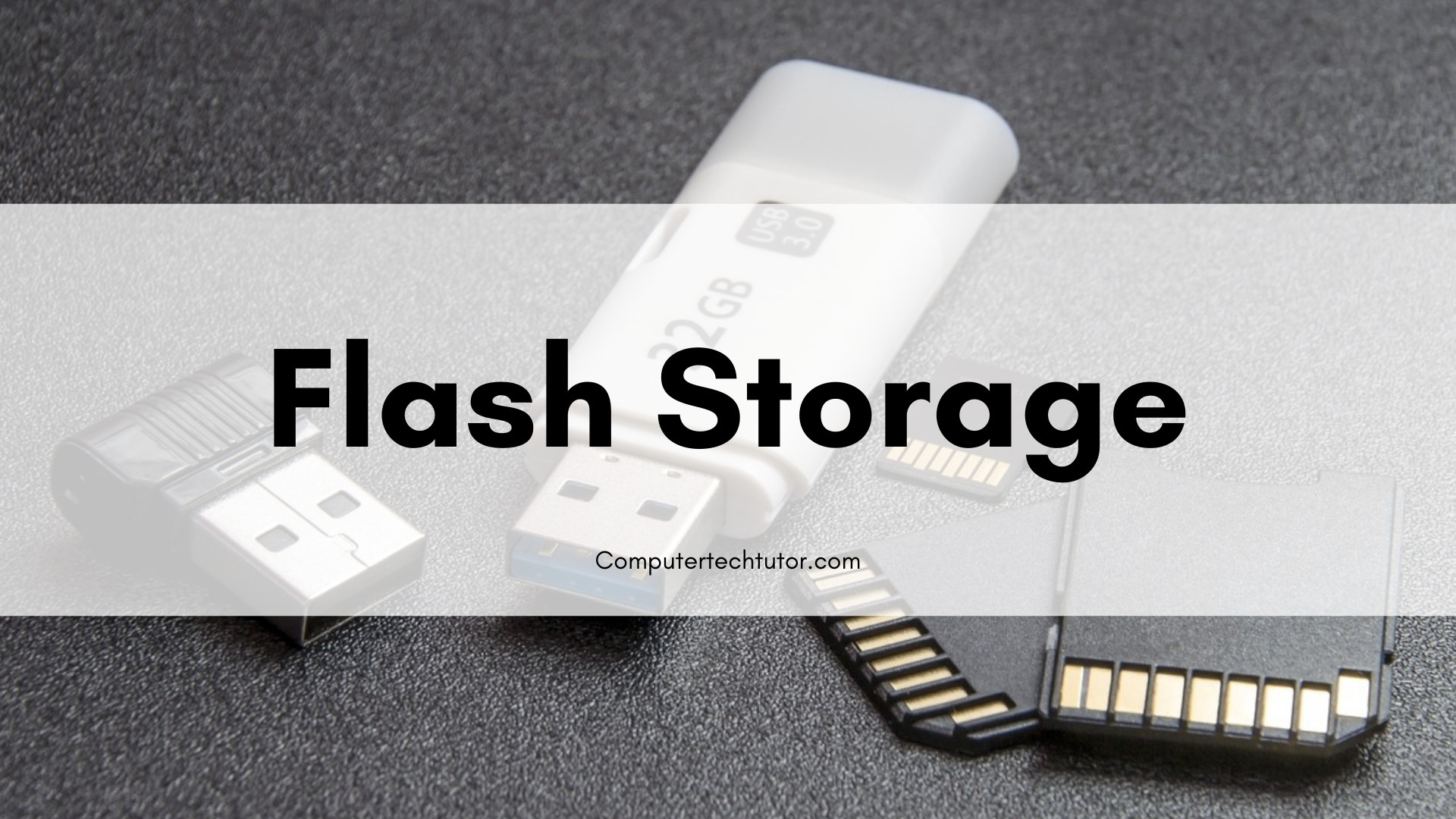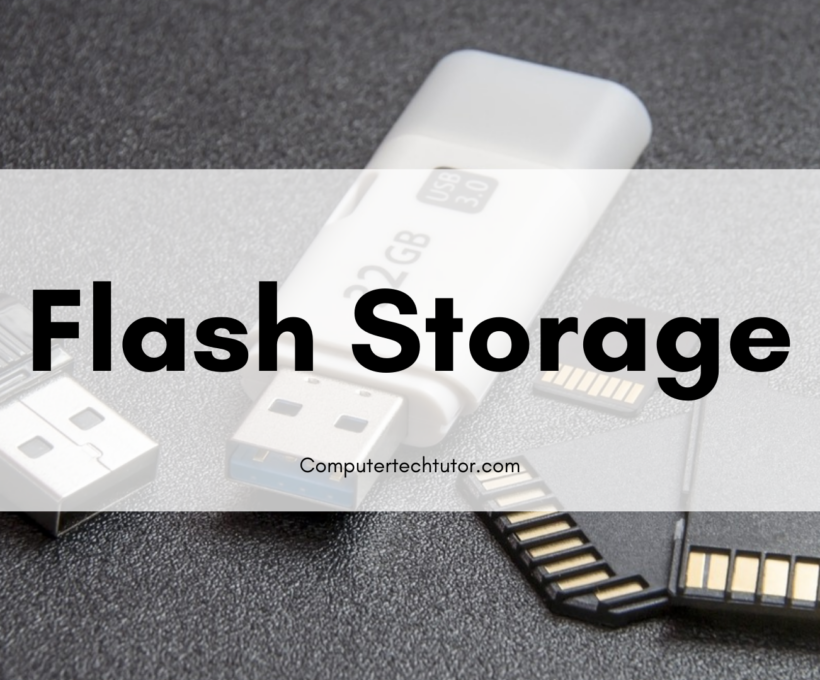Flash memory is technically EEPROM (Electrically Erasable Programmable Read Only Memory). They are non-volatile memory, meaning that you can put information on the drive, disconnect it from a computer / power source, and the drive will still be able to retain all of the information that was placed on it.
There is a maximum number of times that you can write to flash memory. You’ll still be able to read the data but after a certain number of writes, you won’t be able to write to the drive. Therefore, flash drives are not recommended for archival storage. It’s easy to lose or damage.
Flash memory comes in different form factors as listed below.
SD card
SD stands for secure digital.
The max capacity for a standard SD card is 2 GB. However, there is also a SDHC standard that do up to 32 GB and a SDXC standard that can accommodate up to 2 TB.

CompactFlash
There are two subdivisions of CF cards: Type I (3.3 mm thick) and Type II (5 mm thick).
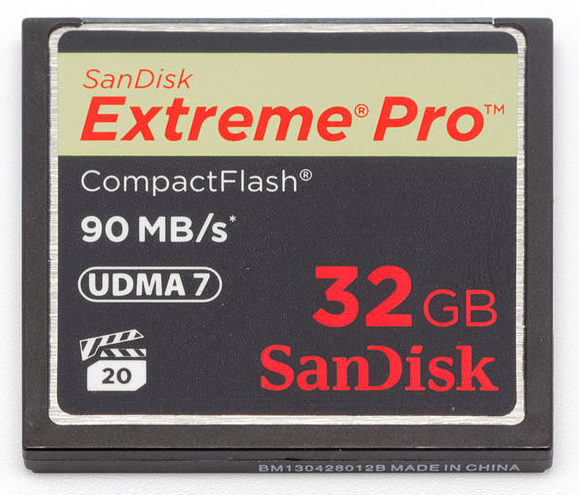
Micro-SD card
*Smallest at 11mm x 15mm x 11 mm
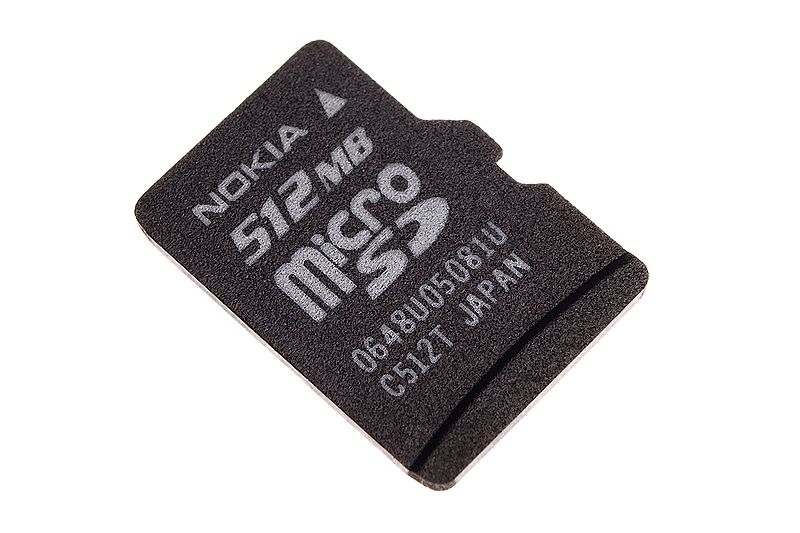
Mini-SD card
*Larger than Micro-SD but smaller than SD.
*20 mm x 21.4 mm x 1.4 mm

xD
*Stands for Extreme Digital.
*Used in older digital cameras.
*16 MB – 2 GB capacities
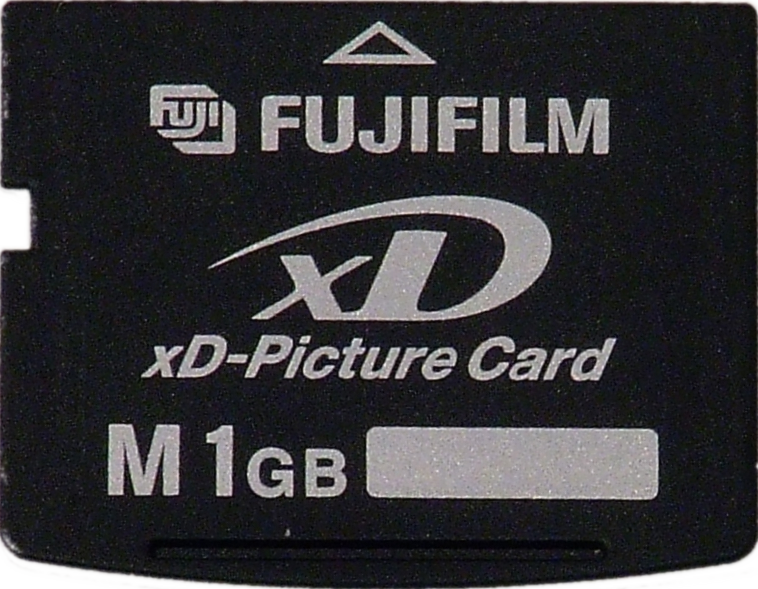
Comparison of Sizes

